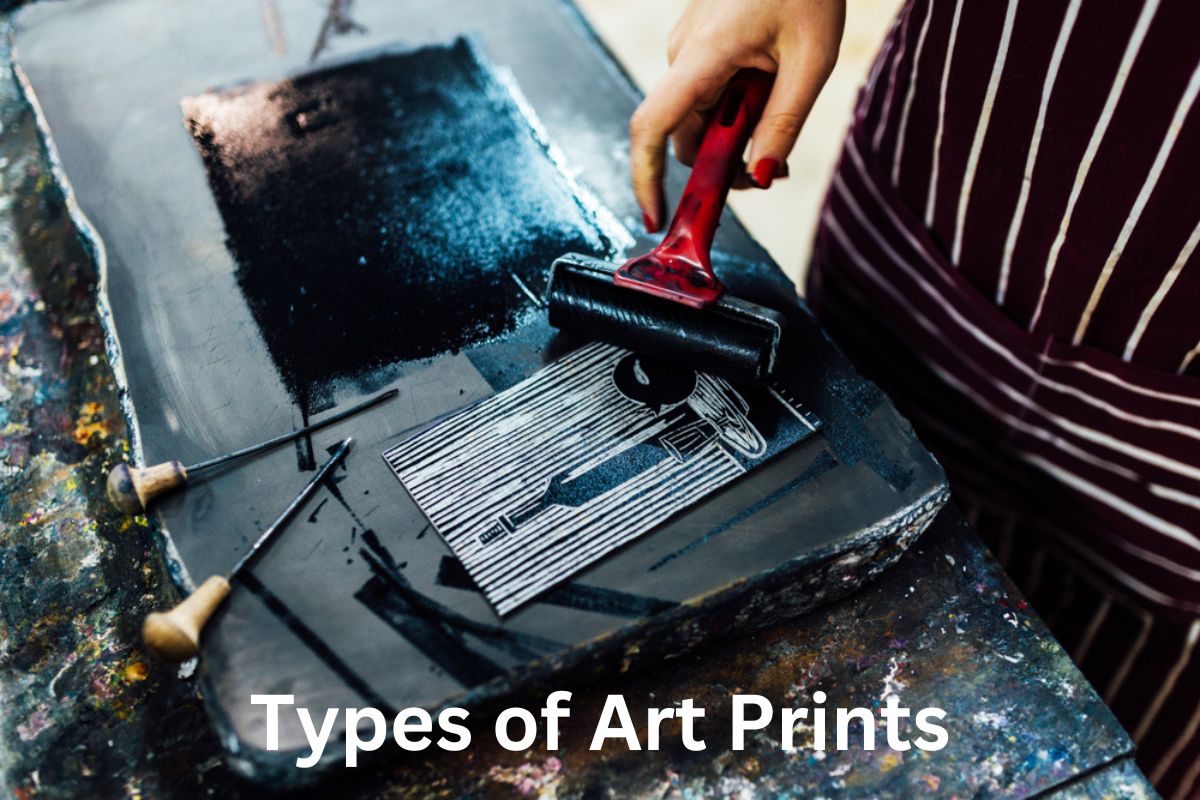Art prints are reproductions of original artworks that are produced in multiple copies. They are a popular way for art enthusiasts to enjoy the beauty of an artwork without having to own the original, which is often more expensive and harder to acquire.
There are several types of art prints, each with its own unique characteristics and production process.
Some of the most common types include:
- Lithographs
- Etchings
- Engravings
- Screen Prints
- Giclée prints
- Woodcuts
- Serigraphs
- Aquatints
- Photogravures.
Each type of print offers a distinct look and feel, and artists may choose to use different methods depending on the desired effect they want to achieve.
Understanding the different types of art prints can help you appreciate and collect art in a more informed and nuanced way.
Types of Art Prints
1. Lithographs
Lithography is a printing process that involves creating an image on a flat stone or metal plate using oil-based ink or crayons. The image is then transferred onto paper by pressing the plate or stone onto the paper. The process was invented in 1796 by Alois Senefelder, a German actor and playwright.
Lithographs are prints made using this lithography process. They can be created in black and white or in color, and are known for their fine detail and subtle tonal variations.
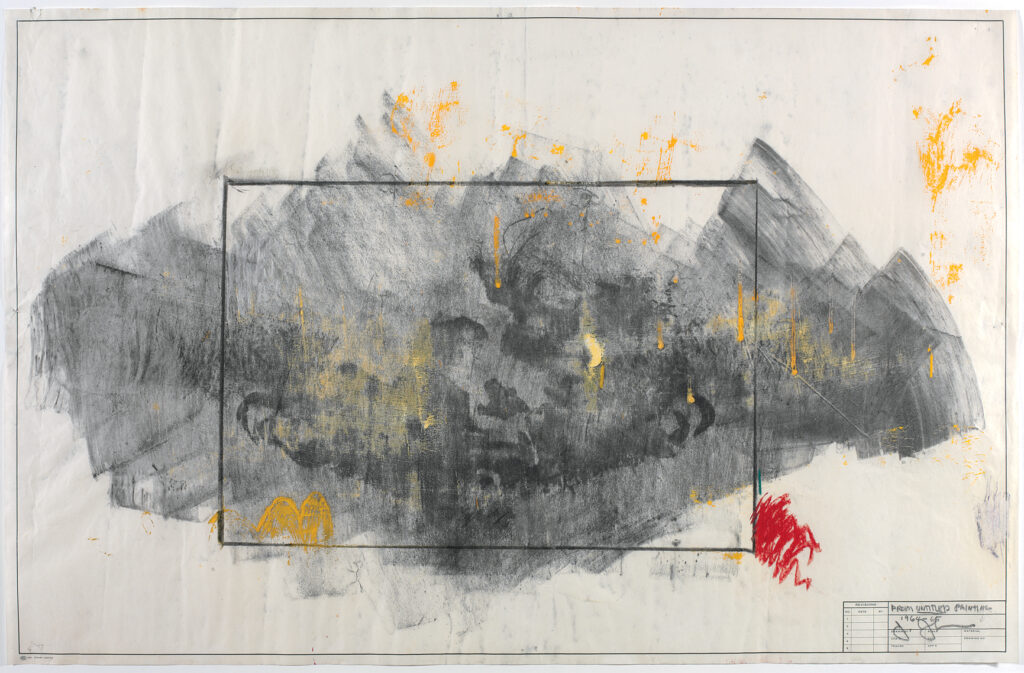
The quality of a lithograph can vary depending on the skill of the printer, the quality of the materials used, and the condition of the plate or stone.
Lithographs were particularly popular in the 19th and early 20th centuries, and were used to reproduce works by many famous artists, including Henri de Toulouse-Lautrec, Vincent van Gogh, and Pablo Picasso.
Lithographs are still produced today, but the process has largely been replaced by digital printing methods. However, lithographs remain a popular and valuable form of art print for collectors and enthusiasts.
2. Etchings
Etching is a printmaking technique that involves using acid to create an image on a metal plate. The artist first coats the plate with an acid-resistant material, such as wax or varnish, and then draws the image on the plate using a sharp tool called an etching needle.
The plate is then immersed in an acid bath, which bites into the exposed metal where the artist has drawn. The acid creates grooves and pits in the metal that hold the ink and create the image.
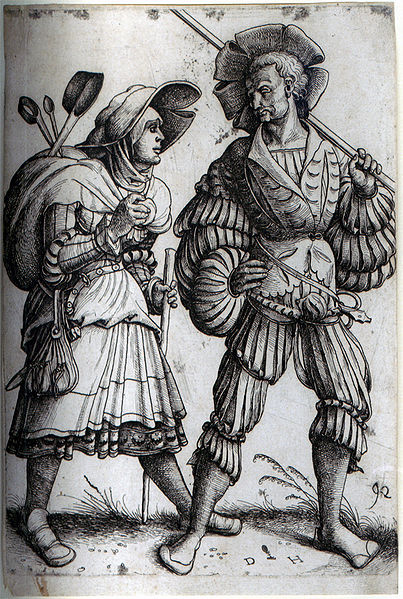
Etchings are characterized by their fine lines and delicate tonal variations. They are often produced in limited editions and are highly valued by collectors. Famous artists who have used etching as a medium include Rembrandt, Francisco Goya, and James McNeill Whistler.
To create a print from an etching, ink is applied to the plate and worked into the grooves and pits using a special tool called a burnisher. The plate is then wiped clean, leaving ink only in the etched areas. The plate is placed on a printing press, and a sheet of damp paper is laid over it.
The plate and paper are then run through the press, which applies pressure to transfer the ink from the plate to the paper. The resulting print is a mirror image of the original etching.
3. Engravings
Engraving is a printmaking technique that involves cutting an image into a metal plate using a burin or other sharp tool.
The artist first coats the plate with an acid-resistant material, such as wax or varnish, and then uses the burin to create lines and textures in the metal. The lines are cut deeply into the metal, and the plate can be used to create many prints.
Engravings are characterized by their crisp lines and intricate details. They are often used to create fine art prints, book illustrations, and currency. Famous artists who have used engraving as a medium include Albrecht Dürer, William Blake, and Gustave Doré.
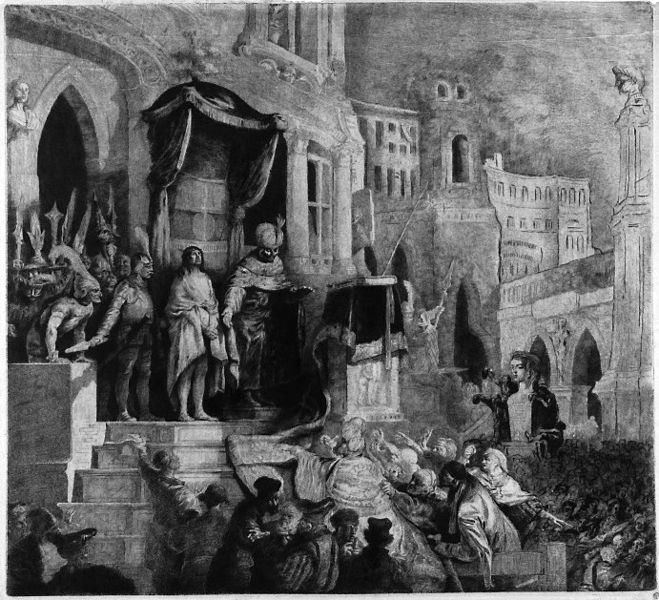
To create a print from an engraving, ink is applied to the plate and worked into the lines using a special tool called a dabber. The plate is then wiped clean, leaving ink only in the engraved areas.
The plate is placed on a printing press, and a sheet of paper is laid over it. The plate and paper are then run through the press, which applies pressure to transfer the ink from the plate to the paper.
The resulting print is a mirror image of the original engraving. Engravings are often printed in black and white, but they can also be printed in color by using multiple plates for each color.
4. Screen Prints
Screen printing, also known as silkscreen printing, is a printmaking technique that involves creating a stencil on a fine mesh screen, and then forcing ink through the stencil onto paper or fabric using a squeegee. The stencil blocks the ink from going through in certain areas, creating a printed image.
Screen printing is known for its bright, bold colors and is often used to print posters, t-shirts, and other items. The process can be repeated multiple times to create a series of prints, each with slight variations due to the handmade nature of the technique.
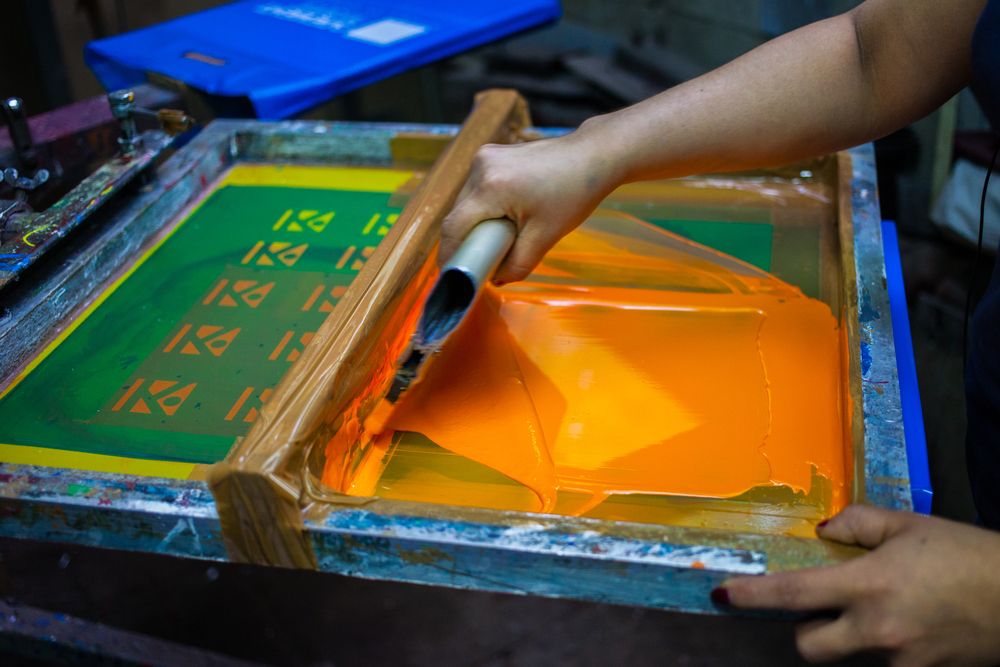
To create a screen print, the artist first creates a stencil on a mesh screen, often using photo emulsion or a hand-cut stencil. The screen is then placed over the paper or fabric, and ink is applied to the top of the screen.
The ink is spread over the stencil using a squeegee, forcing it through the mesh and onto the paper or fabric below. The process can be repeated with different screens and colors to create multicolored prints.
Screen printing was popularized in the 1960s by artists such as Andy Warhol and Roy Lichtenstein, and it remains a popular medium for artists and designers today.
5. Giclée Prints
Giclée printing is a high-quality digital printing technique that produces fine art prints with excellent color accuracy and image resolution. The term “giclée” comes from the French word “to spray” and refers to the process of spraying ink onto paper or canvas.
Giclée prints are created using high-resolution digital images that are printed using specialized inkjet printers. The printers use a larger number of ink colors than traditional printing methods, allowing for a wider range of colors and tonal variations.
The ink is sprayed onto the paper or canvas in fine droplets, creating a high-quality image with a resolution of up to 1440 dpi.
Giclée prints are often used to reproduce artwork that has been created digitally, such as photographs, digital paintings, and illustrations. They are also used to reproduce traditional artwork, such as oil paintings and watercolors, with a high degree of accuracy and detail.
Giclée prints are popular among artists, collectors, and galleries because of their high quality and the ability to produce them in small quantities. They are often printed on archival paper or canvas, which helps to ensure that the prints will last for many years without fading or deteriorating.
6. Woodcuts
Woodcutting, or woodblock printing, is a relief printmaking technique that involves carving an image onto a block of wood. The areas that are to be printed are left raised, while the areas that are not to be printed are cut away. The block is then inked and pressed onto paper to create a print.
Woodcuts are characterized by their bold lines and strong contrast between the inked and uninked areas. They were first used in China as early as the 7th century and later became popular in Europe during the Renaissance.
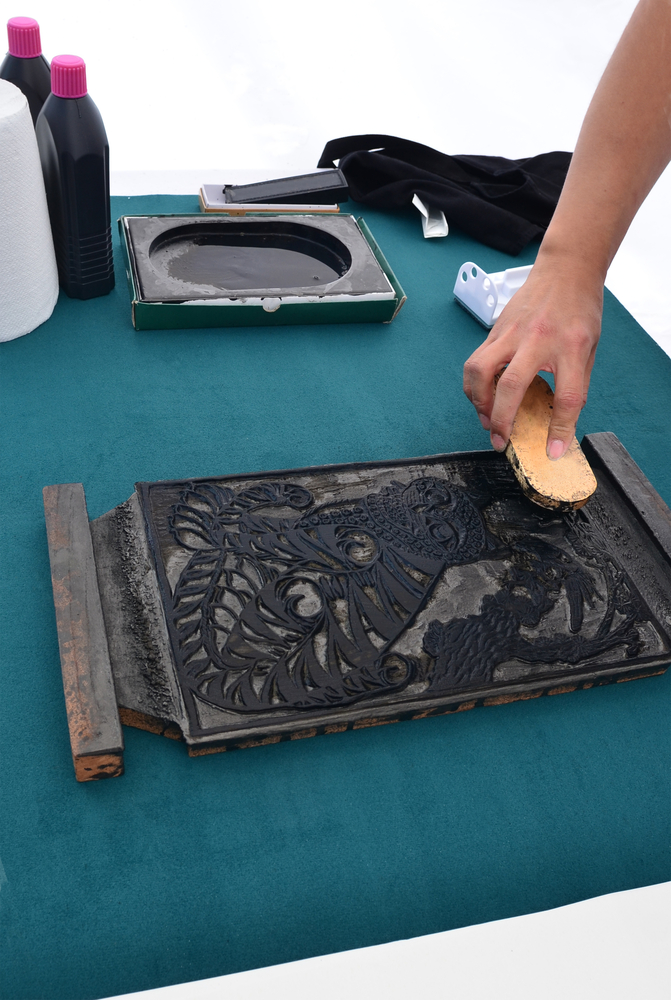
Famous artists who have used woodcutting as a medium include Albrecht Dürer, Katsushika Hokusai, and Edvard Munch.
To create a woodcut print, the artist begins by drawing the image onto a block of wood. The areas that are to be printed are then carefully carved away using sharp tools such as gouges and chisels.
The block is then inked, and a sheet of paper is placed over it. The artist uses a baren or a printing press to apply pressure to the paper, transferring the ink from the block to the paper.
Woodcuts can be printed in multiple colors by using a separate block for each color. They can also be printed on a variety of papers or fabrics to create different effects. Woodcuts remain a popular medium for artists and printmakers today due to their unique visual appeal and the handmade quality of each print.
7. Serigraphs
Serigraphy, also known as screen printing, is a printmaking technique that involves pressing ink through a fine mesh screen to create an image on paper or fabric. Each color of the image is printed using a separate screen, and the colors are layered to create a final image with a range of tones and hues.
Serigraphs are known for their vibrant colors and bold graphics. They are often used to print posters, t-shirts, and other items, and they can be printed on a variety of surfaces including paper, fabric, and plastic.
To create a serigraph, the artist first creates a design on a transparent overlay or stencil, which is then placed on a fine mesh screen. The screen is coated with an emulsion that hardens when exposed to light, and the stencil is placed over the screen.
Areas that are not part of the image are blocked out using a light-sensitive material, leaving only the areas to be printed exposed.
Ink is then applied to the screen and spread over the exposed areas using a squeegee. The ink is forced through the mesh and onto the paper or fabric below. The process is repeated for each color, with a separate screen used for each layer of ink.
Serigraphy became popular in the 1960s as a way to reproduce fine art prints in large quantities. It remains a popular medium for artists, designers, and printmakers today.
8. Aquatints
Aquatint is a printmaking technique that allows artists to create tonal variations in their prints. It involves applying a fine dusting of resin to a metal plate and then heating the plate so that the resin adheres to the surface.
The plate is then submerged in an acid bath, which bites into the metal around the resin particles to create a texture. The areas of the plate that are bitten by the acid hold more ink and produce darker tones, while the areas that are not bitten produce lighter tones.
Aquatints are characterized by their delicate tonal variations and soft, atmospheric quality. They are often used to create prints of landscapes, seascapes, and other natural scenes. Famous artists who have used aquatint as a medium include Francisco Goya, James McNeill Whistler, and Pablo Picasso.
To create a print from an aquatint plate, ink is applied to the plate and worked into the texture using a special tool called a dabber. The plate is then wiped clean, leaving ink only in the textured areas.
The plate is placed on a printing press, and a sheet of paper is laid over it. The plate and paper are then run through the press, which applies pressure to transfer the ink from the plate to the paper. The resulting print is a mirror image of the original aquatint plate.
Aquatints can be combined with other printmaking techniques, such as etching and engraving, to create prints with a wide range of tonal and textural effects.
9. Photogravures
Photogravure is a printmaking technique that involves transferring a photographic image onto a metal plate and then etching the image onto the plate to create a print. The process was developed in the 19th century as a way to reproduce photographic images in print form.
To create a photogravure, the artist first creates a positive image on a transparency or photographic film. The image is then transferred onto a metal plate coated with a light-sensitive emulsion.
The plate is exposed to light, which hardens the emulsion in the areas that have been exposed to light. The plate is then washed with a solvent to remove the unhardened emulsion, leaving behind a pattern of lines and dots that correspond to the image.
The plate is then etched in an acid bath, which bites into the metal in the areas where the emulsion has been removed, creating a texture that holds ink. The plate is inked and wiped clean, leaving ink only in the etched areas.
The plate is then placed on a printing press, and a sheet of paper is laid over it. The plate and paper are then run through the press, which applies pressure to transfer the ink from the plate to the paper.
Photogravures are known for their fine detail and tonal range, and they are often used to reproduce photographic images in a print form.
They can be printed in black and white or in color, and they are often produced in limited editions. Famous artists who have used photogravure as a medium include Alfred Stieglitz, Edward Steichen, and Paul Strand.

